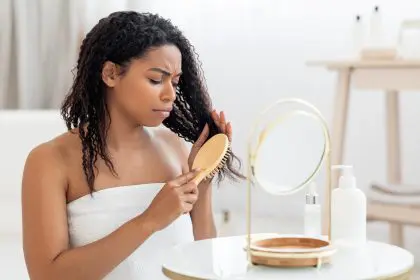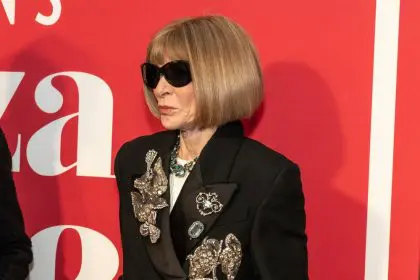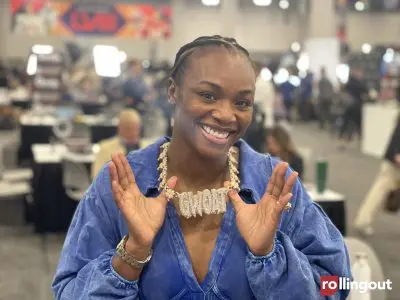 Ever since Romare Bearden brought the black experience to life in spectacular collages that reshaped the art form, and Jacob Lawrence marked our consciousness with his hard-hitting interpretations of the Great Migration and tenement living, African Americans have submerged themselves in identifying the next great artist. What’s fortunate is that, in some urban art circles, there are a number of striking possibilities. Art collector and recreational artist Tonya Corbitt lauds Detroit’s art scene for its originality and range and finds that, in the process, she is putting together a formidable collection of her own. –roz edward
Ever since Romare Bearden brought the black experience to life in spectacular collages that reshaped the art form, and Jacob Lawrence marked our consciousness with his hard-hitting interpretations of the Great Migration and tenement living, African Americans have submerged themselves in identifying the next great artist. What’s fortunate is that, in some urban art circles, there are a number of striking possibilities. Art collector and recreational artist Tonya Corbitt lauds Detroit’s art scene for its originality and range and finds that, in the process, she is putting together a formidable collection of her own. –roz edward
What should the novice collector look for when establishing their collection?
I always look at how art tells the story of a people. That’s how you learn about all types of cultures and ancient people. One of the basic [tenets] that I try to share with people is [that] it should elicit emotion. That is one natural instinct to use when looking at art.
What is the pride of your collection?
I have a Benny Andrews. When I first became interested in collecting art, I fell in love with the quality of his work. His price point was beyond my reach, so I asked if he could make some works that were more within the reach of beginning collectors. Several months later, a nondescript package arrived and, when I opened the box, there was a note stating that it was for the young collector, and that is “My Visitor.” It’s a small piece, but it is one of the biggest of my collection because of the backstory of how I acquired her.
I also have David Driskell, who curated the Bill and Camille Cosby Art Collection, and Nancy Thayer, who does a lot with aluminum and sculpture. I love Gilda Snowden and her abstracts. I also have pieces by Anita Bates, who is a friend and a colleague, Gigi Boldon, Jocelyn Rainey and, of course, Donald Calloway, who does the hearts that I am so fond of.
What is “good art?”
It’s personal. I start with the basic instinct of what type of emotion does it elicit from you, and then you look at the artist’s background and training. Is the artist professionally trained, or is it primitive art? There is a large gap between primitive and professionally trained, but, again, it’s personal. There is no across-the-board answer.










